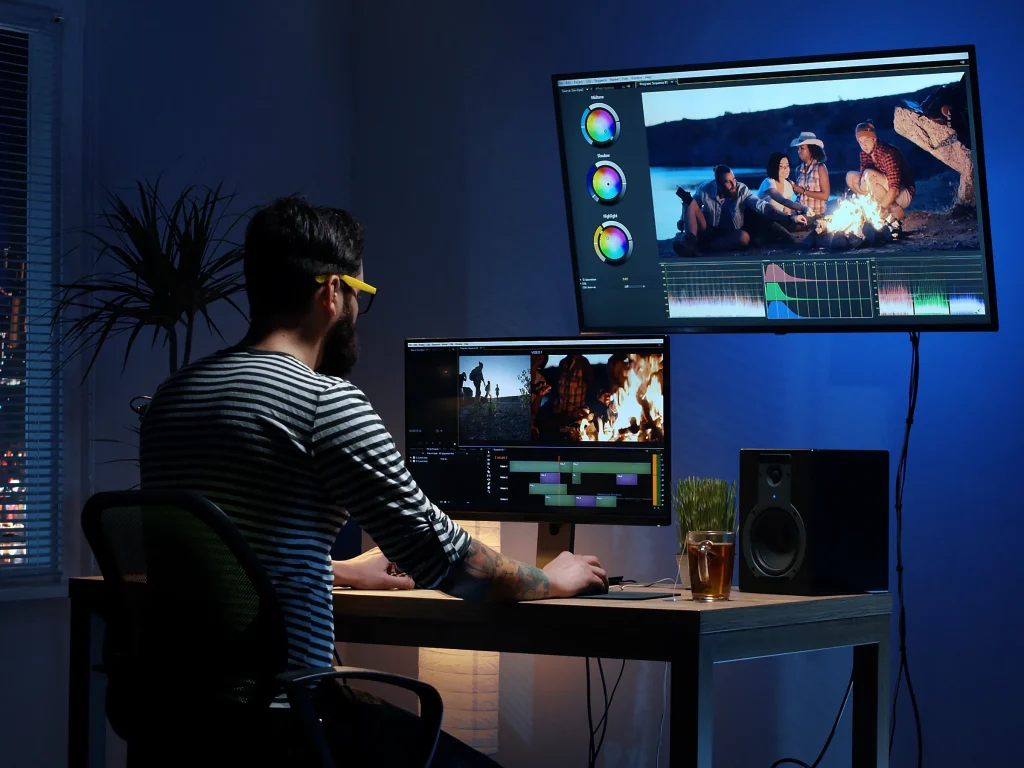Setting up a professional studio system requires careful selection of high-quality performance components to ensure optimal sound quality, durability, and versatility. Whether you are creating a recording studio, a broadcast setup, or a live performance environment, the foundation of your system lies in choosing equipment that meets your specific needs while maintaining industry standards. The heart of any professional studio is its audio interface, which serves as the bridge between your instruments, microphones, and computer. Investing in an audio interface with multiple input and output channels, low latency, and high-resolution audio conversion is essential. Look for interfaces that support the latest connectivity standards, such as USB-C or Thunderbolt, to guarantee fast data transfer and compatibility with a range of devices. Additionally, interfaces with built-in preamps that provide clean, transparent gain will greatly enhance the clarity of your recordings. Next, the choice of microphones plays a crucial role in capturing the essence of sound accurately.
Dynamic microphones, on the other hand, are better suited for louder sources like drums or guitar amplifiers due to their robust build and ability to handle high sound pressure levels. Consider investing in a variety of microphones to cover different recording scenarios. High-quality microphone stands, pop filters, and shock mounts are also important accessories to minimize unwanted noise and vibrations. Monitors or studio speakers are indispensable for accurate sound reproduction. Unlike consumer speakers, studio monitors are designed to deliver a flat frequency response, allowing you to hear recordings as they truly are without coloration. This accuracy is vital when mixing and mastering to ensure your final product translates well across all playback systems. Positioning your monitors correctly within an acoustically treated room will further improve sound clarity and reduce reflections or standing waves. If space or budget is limited, consider nearfield monitors that provide precise sound at close range. Acoustic treatment is often overlooked but is fundamental to a professional studio environment. Using bass traps, diffusers, and absorptive panels can transform a reflective or dead room into an ideal acoustic space.
This step is especially important for small or untreated rooms where sound reflections can significantly distort your perception of the mix. Cabling and connectivity should never be underestimated. High-quality cables with reliable shielding reduce interference and signal loss, which is critical in maintaining the integrity of your audio signals. Organizing your cables neatly with cable management solutions not only keeps your workspace tidy but also prevents accidental disconnections and wear. For monitoring and controlling your sessions, a robust control surface or mixing console adds tactile precision and workflow efficiency. These devices allow hands-on control over volume, panning, and effects, offering a more intuitive experience compared to using a mouse and keyboard alone. Many control surfaces also integrate seamlessly with popular Digital audio workstation, enhancing productivity. Finally, reliable power management and backup solutions safeguard your equipment and data. Using surge protectors, uninterruptible power supplies, and proper grounding techniques helps prevent damage from power fluctuations and outages, ensuring your system remains operational when you need it most.
